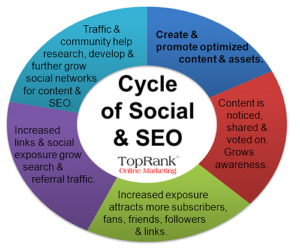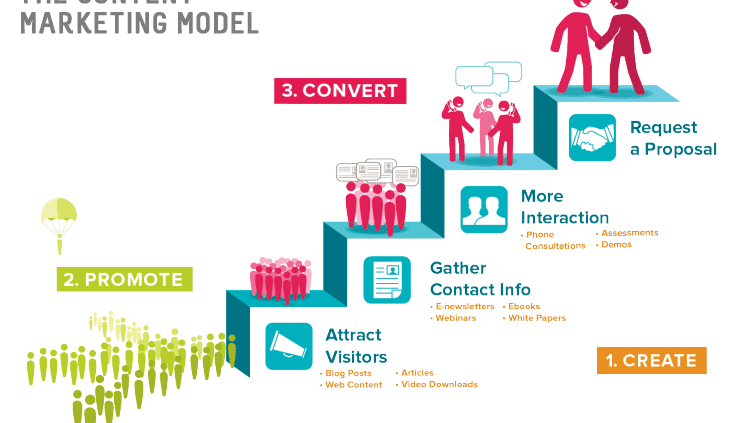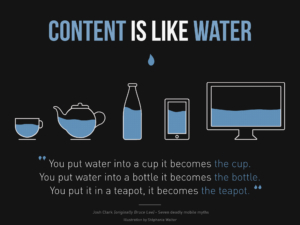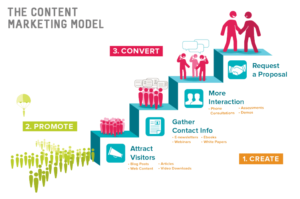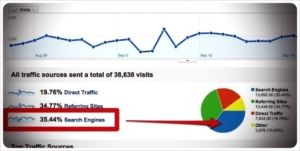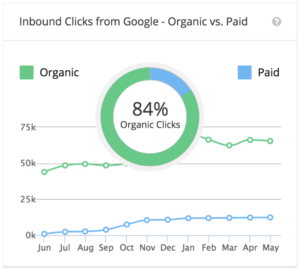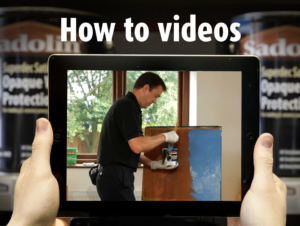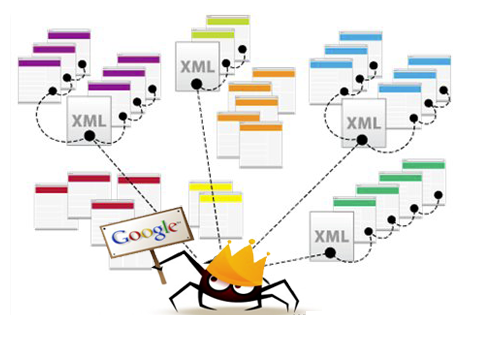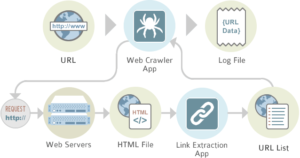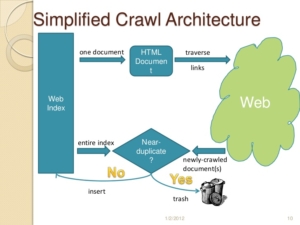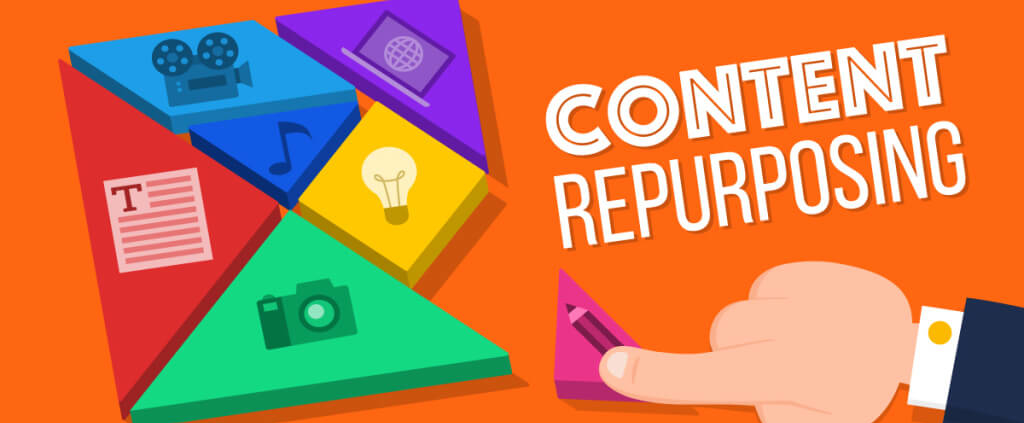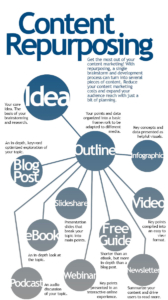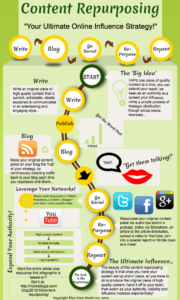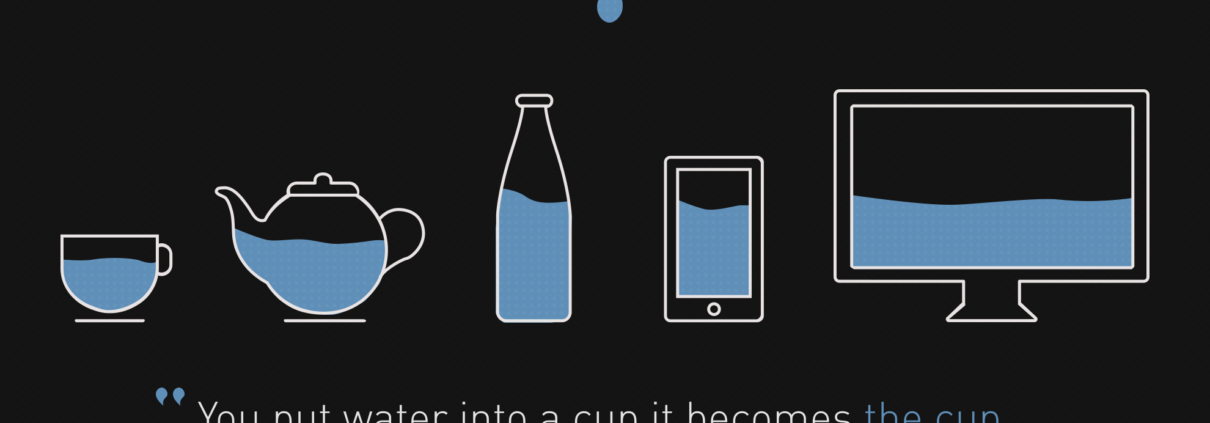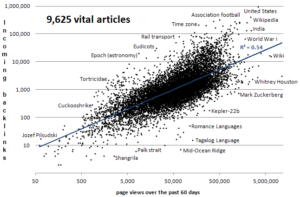On-page SEO factors are fast becoming underrated and undervalued. But, their importance is actually increasing. If you implement these three factors on your site, you’ll leapfrog your completion. Let them deplete their budget on excessive link buying and the latest fads while you strengthen your on-site SEO and dominate them.
3 Key On-Page SEO Ranking Factors
- Title Tags
All of your SEO efforts are wasted if you don’t have good title tags. If you’ve outsourced the building of your site, or its digital marketing, do a quick search of your title tags to make sure they’re strong enough to grab Google’s attention.
Do your titles sound natural?
Do they describe what your service or product is about?
If you’re a local business, do they let potential customers know where you’re located?
A huge problem with small businesses is that when they farm out the building of their sites, the SEO firms either mis-title their pages, giving them generic names, or they only put effort into the site’s homepage.
Every page, every article, every blog must have a strong title if you want to rise to the top of the rankings and stay there.
A good way to start is to make sure the keyword of that page is in the title.
Selling smart phone covers in San Diego? Start with:
“Smart phone covers stores in San Diego”
In general, the closer the keyword is to the beginning of your title, the more weight it will carry. But, make it sound natural.
You can build content, and great titles, many times over by repurposing
- Content
Better content means better rankings. And, good content meets Google’s criteria for being:
- Uniquely valuable (pages that would be described by 80%+ of your visitors as being useful and high quality)
- Sharable (remarkable videos, pictures, and text aid your shareability)
- Naturally keyword optimized
Good content provides a breeding ground for your keywords and key phrases. It allows you to optimize your site without sounding unnatural, because you’re using your key phrases as a way of informing your audience.
Note for pictures and video: don’t get lazy when it comes to optimizing images and video. Alt tags are extremely important for your media. Sometimes just optimizing your images can push you over the hump, and get your site on page one.
- Contact Info Consistency
This is a minor factor with Google, but a major one with customers.
Make sure that a potential customer could land on any page on your site and easily find your contact info. Don’t assume that just because your phone number or email is in your header, that this will be enough. Place your contact info (forms, email link, clickable phone number) throughout your content, as appropriate.
Remember that not everyone will discover your site through your home page. Many will land on deep pages. Give them a way to contact you and you’ll pull more leads. Plus, Google does reward this practice, and specifically penalizes sites that have less than optimal contact information listed.

